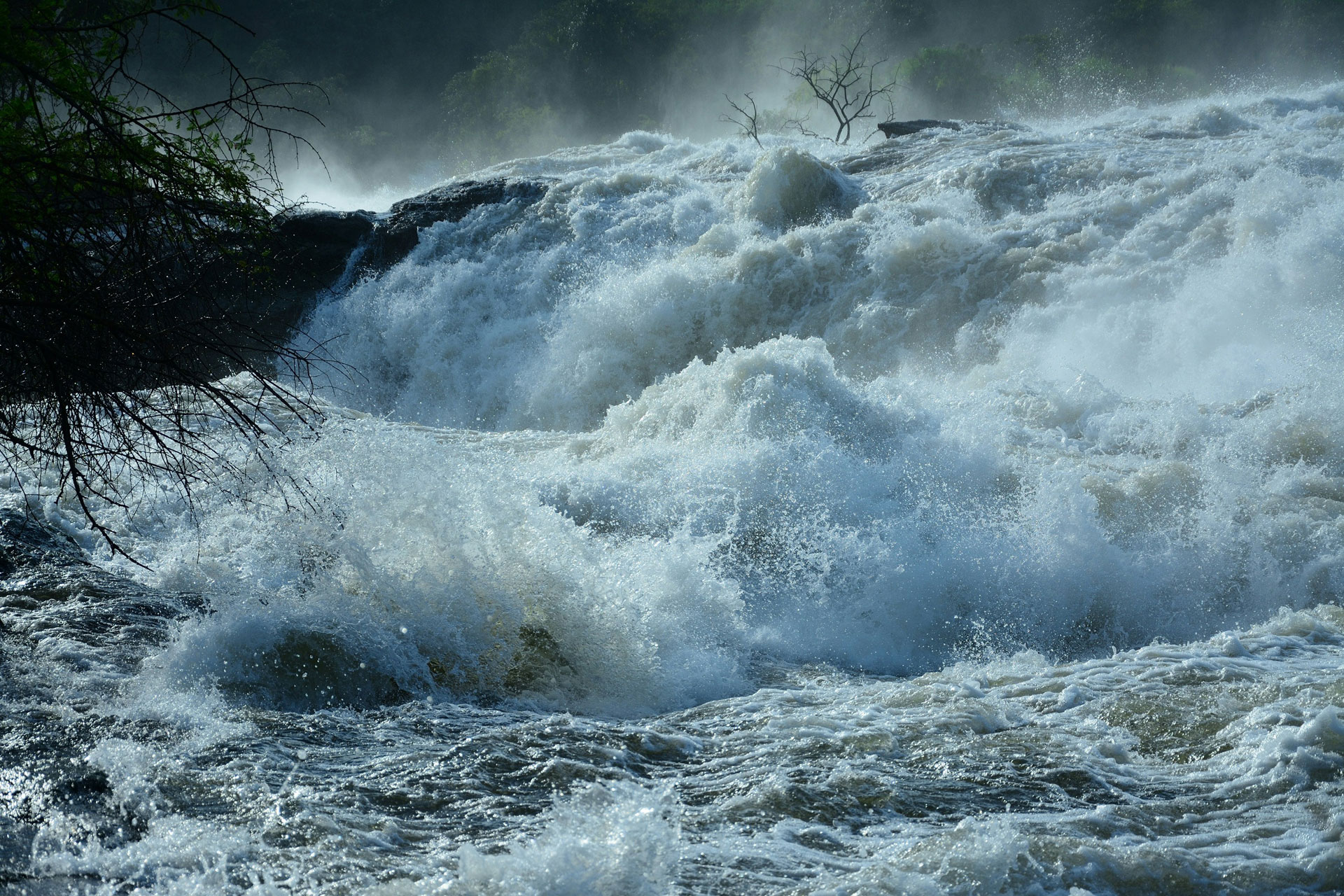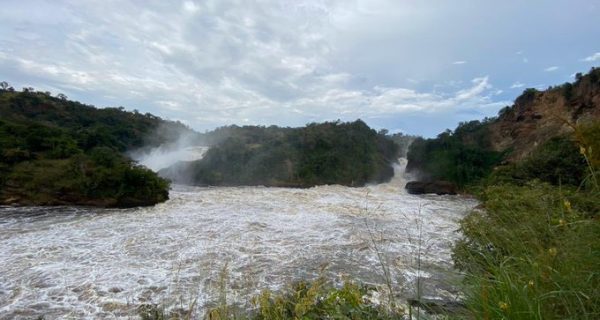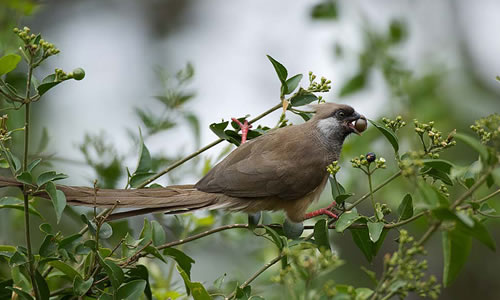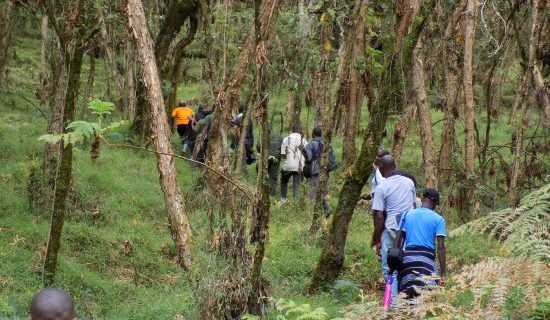Murchison Falls National Park
Murchison Falls Nationa Park – The largest national park in Uganda is Murchison Falls National Park. It is situated in the Murchison conservation Area, 305 kilometers north of Kampala, the country’s capital. Amazing Bugungu and Karuma Wildlife Reserves are located in the Murchison Conservation Area. The Victoria Nile pushes through a small gorge to form the Murchison Falls, which are its most famous feature. It is located in northwest Uganda along the beaches of Lake Albert. There are two ways to get to Murchison Falls National Park and that is by plane and by vehicle.

If you go by car, it’ll take about 5 hours to get to the park on paved roads. You can stop at the Ziwa Rhino Sanctuary on the way. Or, if you prefer flying, you can go from Entebbe International Airport or Kajjansi Airfield to Pakuba Airfield. A guide will meet you there and drive you to the park.
Murchison Falls National Park is in Uganda. It’s on the floor of the Albertine Rift valley, by Lake Albert. It’s the biggest national park in Uganda, covering about 3,840 square kilometers. It became a game reserve in 1926 and a national park in 1952. The park is home to lots of different plants and animals, like 109 types of mammals, 451 kinds of birds, and 145 species of trees. The Victoria Nile River flows through the park and creates Murchison Falls, a big waterfall that’s a main attraction.
A safari in Uganda isn’t complete without a game drive in the park. You can see predators hunting for food and prey trying to stay safe. The grasslands are dotted with palm trees and acacia trees, and there are lots of colorful birds flying around. The park is home to four of the Big 5 animals: lions, elephants, buffalos, and leopards.
Visiting Murchison Falls National Park is like stepping into a movie scene. It’s where the 1950s film “The African Queen” was filmed. The park has also brought back rhinos that were hunted to extinction in the 1970s.
Murchison Falls National Park
Murchison Falls National Park is situated in northern Uganda, covering an area of approximately 3,893 square kilometers (1,503 square miles). Okay, it might not be as big as other African parks – however, with its magnificent landscapes and remarkable wildlife it knows how to compensate that lack in size.
Best time to visit Murchison Falls National Park
Murchison Falls National Park is a really cool park with lots of fun things to do. If you go there, you’ll have an amazing time that you’ll remember for a long time. The best time to visit is from December to February or June to July when it’s not so rainy.
Even though it can get really hot and humid, going on a safari there is worth it. You’re likely to see lots of animals near the river because they like to hang out there. Plus, there aren’t as many mosquitoes and flies bothering you. And even when it’s wet, the park still looks beautiful.
Getting there / How to get to Murchison Falls National Park
By Road: Fancy a roadtrip? Perfect! This park is easy and well accessible. That’s also why it’s a must for adventurers who want to explore Uganda on their own.
By Air: Of course, a flight to Murchison Falls National Park is quicker and more convenient. There are flight services available from both Mombasa and Nairobi to Pakuba Airport (also known as Murchison Falls National Park Airport). A short flight allows you to maximize your time in the wilderness.
Your Route to Murchison Falls National Park
Activities / Things to do in Mgahinga Gorilla National Park Uganda
Top of the Falls
At the top of the falls in Murchison Falls National Park, there’s a trail that goes around the falls and the edge of the water. It’s an amazing experience! It takes about 15 to 45 minutes to walk. Along the way, you can see the narrow gorge where the water pours into the falls. You can start your journey from the boat landing. Besides the trail, there are places to camp, have a picnic, and go on walking safaris. It makes visiting Murchison Falls really special and interesting.

Culture encounters in Murchison Falls
Meeting different cultures: Meeting different cultures is a fascinating thing to do in Murchison Falls National Park. You get to visit faraway places in different villages and talk with the people who live there. You can learn about their ways of life, traditions, and the foods they eat.
For example, the Boomu Women’s Group arranges tours to the Banyoro Community. They also have a shop where they sell things made by locals, like baskets and other crafts.
Bird watching in Murchison Falls National Park
The Murchison Falls National Area is a haven for about 450 different bird species. Bird watchers can enjoy the park from their safari vehicles during game drives, from boats during boat cruises, or on foot during nature walks. You can see a variety of birds in Murchison Falls National Park, including African darter, along toed plover, grey headed kingfisher, veracious dove, martial eagle, African fish eagle, black headed lapwing, giant kingfisher, shoebill, roc pratincole, goliath heron, yellow billed stork, white faced whistling duck, secretary bird, greater flamingo, and papyrus

Nature Hikes in Murchison Falls Park
At Murchison Falls National Park, you can join guided safaris and walks. Guides take you to different places like Rabongo Forest, Kaniyo Pabidi in Budongo Forest, the swamp walk to the Nile delta (which takes 2-4 hours), and the top of the falls walk. You can see many primates like chimpanzees, grey checked mangabeys, white colobus monkeys, and red-tailed monkeys. You can also spot various bird species like the grey long bill, yellow mantled weaver, and shoebill stork.

Sport Fishing
In Uganda, Murchison Falls is a national park where you can go fishing for fun. Another park, Lake Mburo National Park, also lets you fish.
At Murchison Falls and along the River Nile, people fish. They catch fish like mud fish, tiger fish, tilapia, and Nile perch. Fishing is good all year, but it’s best from January to April when the water is clear.
